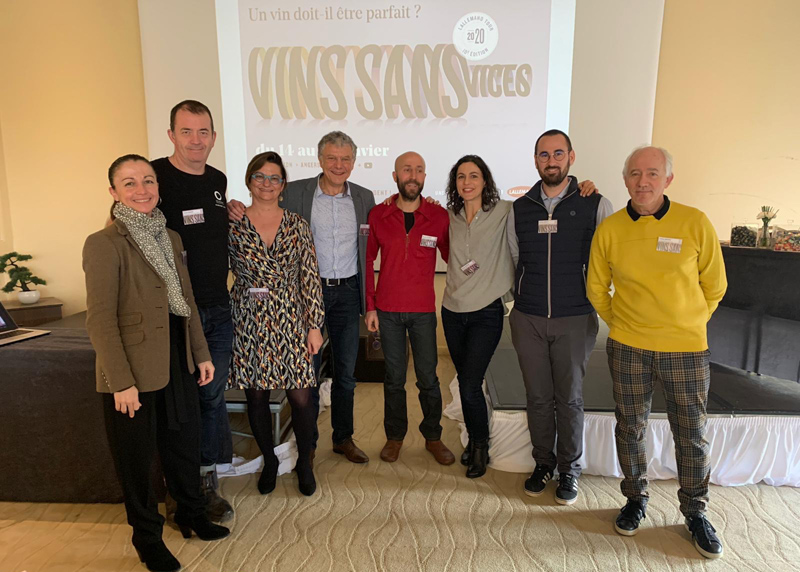
This is a question that I think is really interesting, and it would be quite easy to answer. How stable is our olfactory ability over time?
We each differ in the set of olfactory receptors that we express in our nasal cavity. These receptors detect smell molecules. But there are far more smell molecules that we are able to detect than we have olfactory receptors. This suggests that we detect the majority of smell molecules (known as ‘odorants’), by recognizing patterns of receptor activation.
However, there are some smell molecules for which only one receptor is involved. When that receptor is missing (because we all have different sets of olfactory receptor genes), we can’t smell that molecule. This is called a specific anosmia, and it seems to be quite rare. More commonly, people differ in their sensitivity to certain smells, so that if you tested a group of people, some would be more sensitive to a particular smell than others. This could have to do with the level at which a particular receptor is expressed, or it could be through the different components of signalling in activation patterns of the olfactory receptors (for example, if you had 11 of the 12 receptors responsible for smelling one odorant, you might be more responsive than someone having 8 of the 12).
So each person has a different sort of olfactory ability, and this can be measured, to a degree, in a sensory lab.
The interesting question is does our ability change with time?
There’s one very interesting molecule called androstenone. It’s associated with pigs, and it’s known colloquially as boar taint. Some people find it very unpleasant (they tend not to like eating pork), whereas others find it OK, and some people can’t smell it at all.
But there’s an interesting twist. If you take a person who is anosmic for androstenone and you repeatedly expose them to it, they won’t smell anything. But for some of them, after a while, they will begin to smell it when before they couldn’t.
One explanation for this is that even though they can’t smell androstenone, somehow exposure to it is up-regulating the expression of the gene that encodes the receptor, to the point where there’s enough signal for it to be perceived.
If repeated exposure to androstenone changes someone’s ability to smell it, might this also be true for other odorants?
So this leads me on to an interesting experiment. Take students on an enology course and test them as they begin their studies. Then test them again after they finish the course, and then for those of them who end up as winemakers, test them again five years later. How stable is their olfactory performance over time?
What is the basis of their expertise? Is there a biological element? Has their olfactory system somehow adapted through repeated exposure to the aromas associated with wine? It would be an easy experiment to do. Perhaps sensory labs who work with panellists on a regular basis already have these data that could be mined?
2 Comments on Stability of olfactory ability over time

Provocative questions you pose, Mr. Goode. I think there’s plenty of anecdotal proof of this. My ability to identify single molecule-odorants has increased significantly over a ten year-period. While I can’t say that I couldn’t detect them before, I wasn’t aware of them as parts of complex odors. Now I can identify them routinely and sometimes to my regret.
Interesting bit. I often wish there was a competition for wine critics! I’m also pushing a Washington Wine Tech to do a symposium on super tasters, I suspect few winemakers and critics are super tasters, yet about 20% of women are, and women purchase the majority of wine.
Old fat white guys who smoke cigars are given too much credibility.